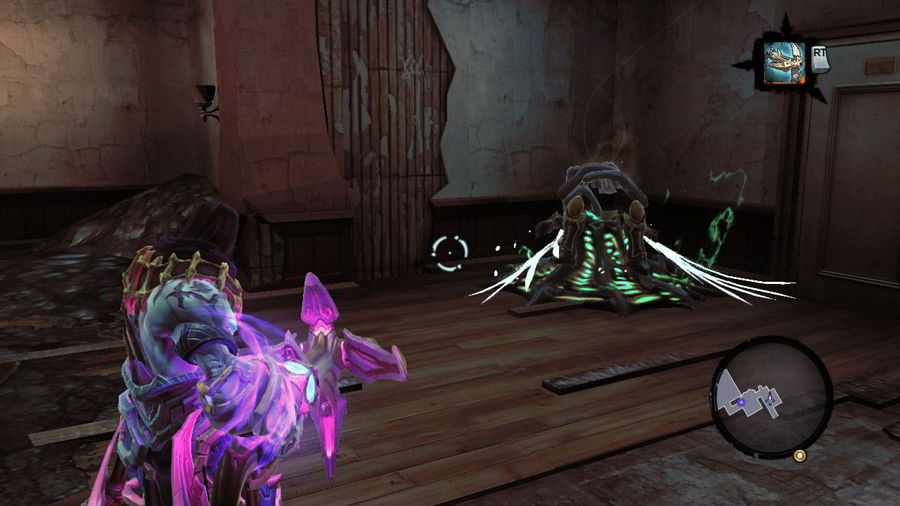

It should always be remembered that Wheel of life template usage is about finding happiness and balance in one’s life so it will need to be clear and simple for the user to understand.
One of the biggest benefits of the Wheel of Life is the pictorial representation it gives on the level of satisfaction with life. When the Wheel is completed, it will give a spider-like diagram representing the satisfaction levels and allows to quickly and easily identifying any gaps.
Using the Wheel of Life in a coaching session is quite an easy job, if properly guided by the coach:
1. The client needs to be explained about the wheel of life and what it signifies. The wheel of life is a tool that the professional coaches use to get a snapshot of how satisfied a client is in their life, be it professionally or on personal fronts. There are eight areas on the wheel. But the client may want to change the categories to reflect the areas of his life, which stand more important to him. For example, he may choose to break the category of ‘friends and family’ into two separate categories. He can also add a category.
2. The client is then asked to rate his level of satisfaction in each of the areas drawn. During this rate scale, generally Zero means not satisfied and 10 means highly satisfied.
3. After the client has rated each of the areas, he is then asked to connect the lines to form an inner wheel; this gives the client an overview of balance in his life. It should be kept in mind that this exercise is not to focus on getting 10s but to have a smooth ride and being able to know the focus areas of life in order to get a stress free balanced life.
4. In this step, the client is asked on what are the areas that he would like to be coached on and on which areas is he ready to make and accept changes. Once an area is selected, he is continued to be asked some powerful questions in order to take the exercise forward using the Wheel of life template. Sometimes it becomes an extended session, where the client is given home work on the questions so that he can take time and think over the matter and get a genuine result.
5. The client should be held accountable for questions like: “What will you do?” “When?” and “How will I know?”



